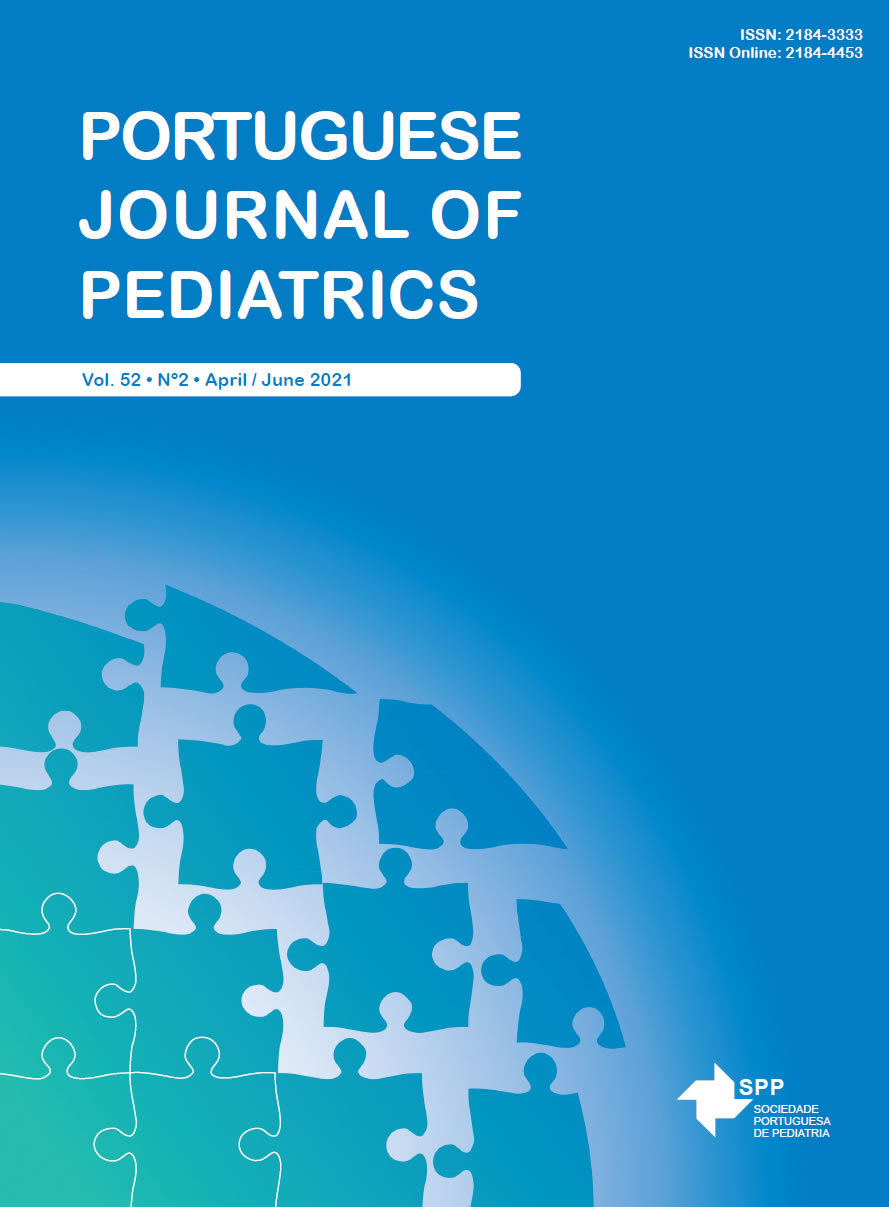Different Prevention Strategies on Early-Onset Neonatal Group B Streptococcal Disease in a level III maternity
Date of submission: 24-08-2020 | Date of acceptance: 15-01-2020 | Published: 03-04-2021
Abstract
Introduction: Early-onset neonatal group B Streptococcus disease remains the most frequent cause of perinatal bacterial infections in developed countries, despite maternal antimicrobial prophylaxis programs. The present study was conducted to evaluate the effectiveness of different prevention strategies on the incidence rate of early-onset neonatal group B Streptococcus disease over the past few years in our institution. Therefore, we aimed to compare the incidence rates associated with early-onset group B Streptococcus disease in three periods characterized by different prevention strategies, including no screening and no risk-based approach (January 1996 to December 2003), antibiotic prophylaxis only when there are risk factors (January 2004 to December 2011), and universal screening for group B Streptococcus disease in pregnant women (January 2012 to December 2019). In addition, maternal risk factors, clinical features, and outcomes were analyzed.
Methods: We performed a cross-sectional study with nested historical cohort study with a review of records of the neonates with early-onset group B Streptococcusdisease over a 24-year period, with 27 cases registered.
Results: When a strategy of risk factors alone was applied, the incidence rate was 0.41 per 1,000 live births (95% confidence interval 0-0.84). During the universal screening period, the incidence rate was 0.30 per 1,000 live births (95% confidence interval 0-0.72). However, this reduction was not a statistically significant difference (p = 0.55). Maternal risk factors were registered in 41% of the neonates. The onset of symptoms occurred in the first six hours of life by 67% of the neonates. One death occurred.
Discussion: Although without statistical significance, this study showed a global reduction in the registered cases of early-onset neonatal group B Streptococcusdisease over the three different prevention strategies.
Downloads
Downloads
Published
Issue
Section
License

This work is licensed under a Creative Commons Attribution-NonCommercial-NoDerivatives 4.0 International License.









